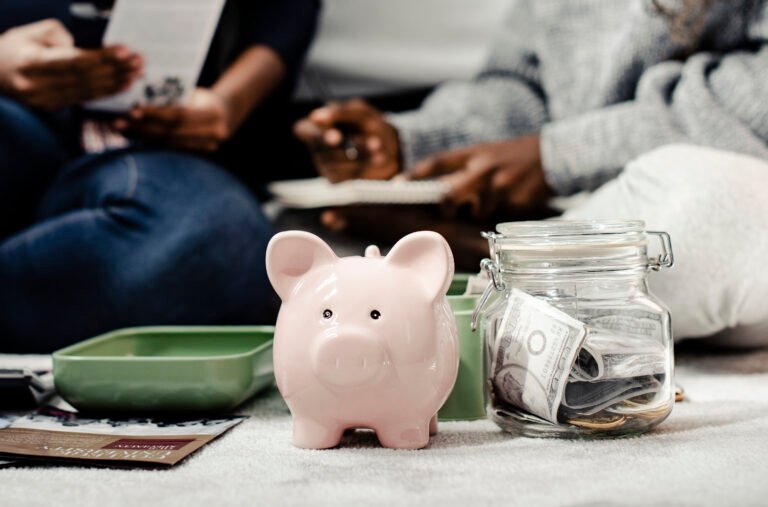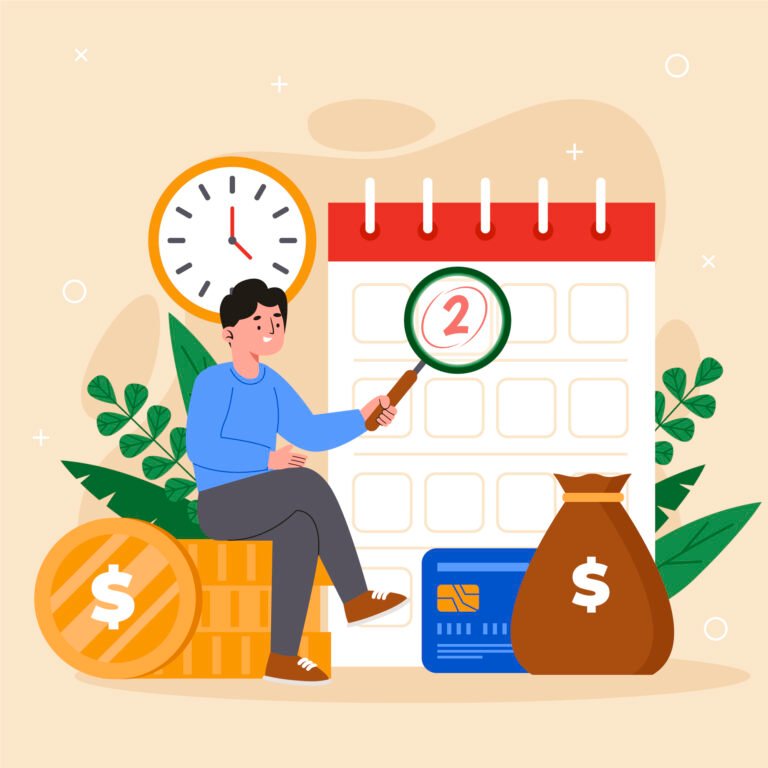Emergency Fund Calculator
Calculate how much you need in your emergency fund
An emergency fund is your financial safety net — a dedicated reserve designed to cover essential expenses during unforeseen disruptions like job loss, medical emergencies, or major repairs. Unlike general savings, an emergency fund focuses on liquidity and accessibility, helping you avoid debt and maintain stability when life takes an unexpected turn. The ideal fund size depends on factors like your income, fixed expenses, job security, and number of dependents. Understanding these variables allows you to calculate a personalized target that fits your financial profile. Building this reserve gradually can strengthen your overall financial health and provide lasting peace of mind in uncertain times.
Benefits of
Having a Fully Funded Emergency Reserve
Establishing an emergency fund offers you:
⚠️ Emergency Fund Calculator
Meet David
Example Scenario
David is a small business owner who wants to create an emergency fund that can cover at least six months of essential living expenses in case of a downturn or personal emergency.
Monthly Essential Expenses:
- Rent, utilities, groceries, insurance: $3,200
Target Coverage: 6 months
Savings Goal: $19,200
He inputs his expenses and target duration into the calculator to determine his emergency fund target:
| Monthly Expenses | Target Months | Total Fund Needed |
|---|---|---|
| $3,200 | 6 | $19,200 |
➡️ Emergency Fund Goal: $19,200
David decides to set aside $800 monthly to gradually build up his reserve, with the goal of reaching full coverage in two years.
💡 By planning ahead, David ensures his business and household can weather unexpected challenges. With a solid emergency fund in place, he feels more secure and better positioned to handle future uncertainties.
How the Emergency Fund Calculator Works – Build a Safety Net That Fits Your Life
✅ 1. List Essential Monthly Expenses
Start by estimating your monthly necessities, such as:
- Rent or mortgage
- Utilities and groceries
- Insurance premiums
- Transportation and minimum debt payments
These are the core costs you’d still need to cover in case of job loss or crisis.
✅ 2. Choose Your Desired Coverage Duration
Decide how many months you want your emergency fund to last — typically between 3 to 6 months for most people.
Formula:
Emergency Fund Goal = Monthly Essentials × Number of Months
✅ 3. Set a Realistic Savings Plan
Enter how much you can contribute monthly toward your goal. The calculator will show:
- Total Amount Needed
- Timeline to Reach Goal
- Suggested Monthly Contributions
💡 With a customized savings roadmap, you can prepare for life’s uncertainties without financial panic. This fund becomes your foundation for stability and peace of mind.
Why Emergency Funds Often Fall Short — And How to Build One That Holds Up
An emergency fund is the backbone of financial stability — yet many people either don’t have one or find out too late that theirs wasn’t enough. It’s not just about setting money aside — it’s about planning, consistency, and strategy. Here’s why emergency funds often fail and how to fix them.
You Guess the Amount Instead of Calculating It
Many people save a random number like $1,000 or $5,000 without knowing what they actually need.
Fix it: Use a calculator to estimate 3–6 months of essential expenses — that’s your true emergency target.
You Count Irregular Income or Bonuses
Relying on unpredictable income makes it hard to build or maintain the fund consistently.
Fix it: Base your savings plan on your minimum reliable monthly income, not your best-case scenario.
You Mix It with Everyday Spending
Emergency funds kept in checking accounts often get used for groceries, shopping, or travel.
Fix it: Store it in a dedicated high-yield savings account — separate, accessible, but not too convenient.
You Think Credit Cards Are Enough
Relying on debt during a crisis can turn short-term problems into long-term financial strain.
Fix it: Build cash reserves first — credit can be a backup, not your only safety net.
You Stop Contributing Once You Start
Many people set a target but never revisit it as life changes — like having kids or buying a home.
Fix it: Recalculate your emergency fund needs once or twice a year to reflect your current lifestyle.
You Use It Without a Refill Plan
Tapping into your fund is expected — but not having a strategy to rebuild it is risky.
Fix it: Treat every withdrawal as temporary and start replenishing immediately, even if slowly.
💡 Final Thoughts
An emergency fund isn’t about fear — it’s about freedom. With the right amount saved and a plan to maintain it, you can navigate life’s surprises without stress. Stay consistent, review often, and protect your financial peace of mind.




